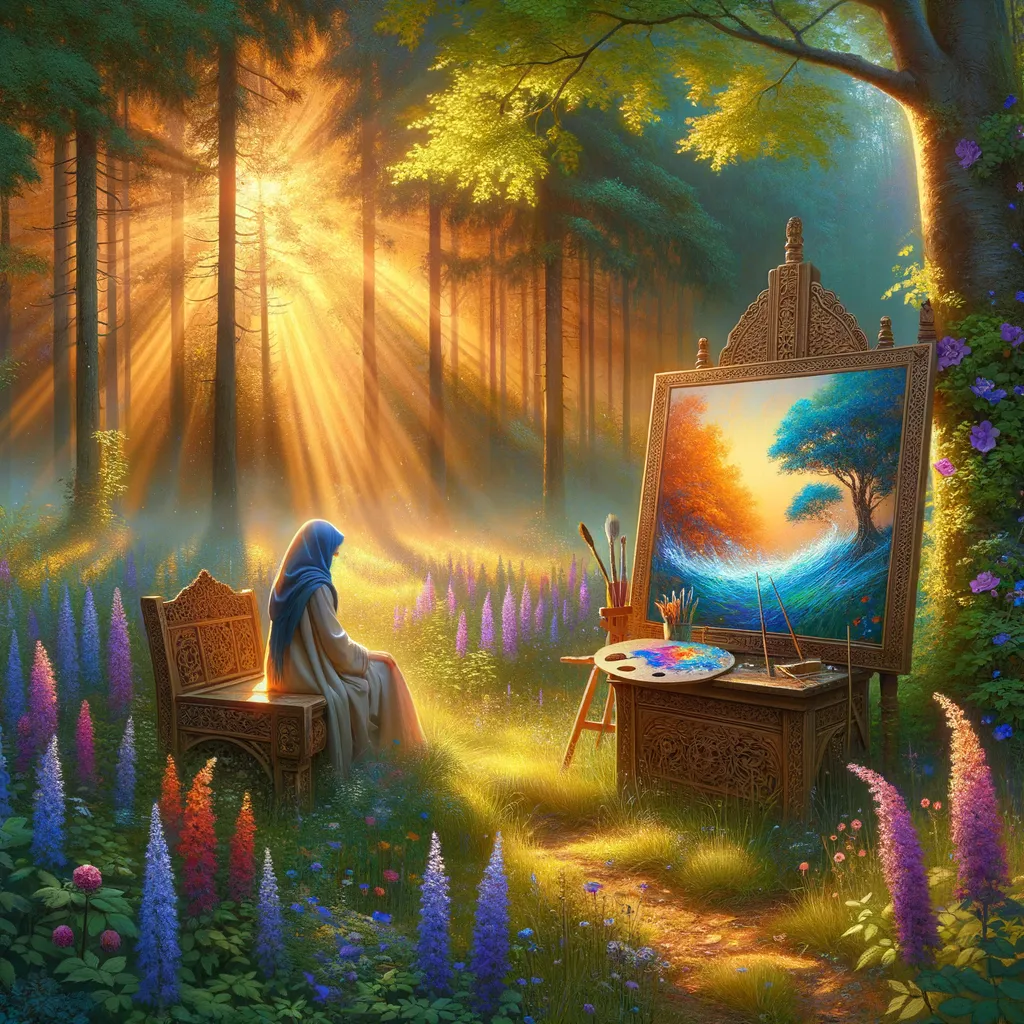Mural’s Chaos Unveils Hidden Bonds of Humanity
In a small park, a local artist unveiled a mural that ignited a whirlwind of emotions among the gathered crowd, revealing the community’s dreams and struggles through a vibrant tapestry of colors. As admiration turned to discord, the atmosphere crackled with passion, showcasing the complex interplay of human nature and differing perspectives. Amidst the heated debate, an unexpected camaraderie blossomed, uniting strangers who found themselves intertwined in a shared journey of discovery. While fear of change lingered in the air, the shifting hues of the mural seemed to echo a deeper truth: beauty often emerges from conflict, illuminating the fragile connections that bind individuals together. Walking away, the realization dawned that these very disagreements could serve as gateways to understanding, inviting a richer exploration of what it means to coexist in a diverse world.
In the memory of March 1, 2013, I stood on the fringes of a small gathering in my hometown park, where the air buzzed with the kind of tension that can only arise from clashing opinions. A local artist had unveiled a mural, vibrant and chaotic, that captured the essence of the community: its dreams, its struggles, and its hopes. Yet, as I watched, the once-celebratory atmosphere shifted. Voices rose, and expressions morphed from admiration to disapproval, revealing the delicate fabric of human nature woven with both passion and discord.
The mural, a kaleidoscope of colors and forms, represented an idealistic vision. However, it also held a mirror to the complexities simmering beneath the surface. Some praised its boldness; others criticized its audacity. As I observed the conflict unfold, I felt a strange mix of fascination and unease. It struck me that this wasn’t merely about art. It was a vivid illustration of how deeply personal perspectives can ignite a collective fire, illuminating the fractures within our shared spaces.
As the crowd swelled, I found myself drawn into the whirlpool of conflicting emotions, each participant a thread in a tapestry of stories. A mother with a child on her hip voiced her discontent, while a teenager, full of youthful zeal, argued passionately for the mural’s freedom of expression. The juxtaposition of their voices echoed the generational divide, a reminder that human nature often thrives on dichotomies. Each perspective, valid in its own right, revealed the layers of experience that shape us.
In the ensuing debate, I discovered an unexpected camaraderie among the onlookers. Strangers stood shoulder to shoulder, united by their curiosity, even as they disagreed. It was as if the conflict was a catalyst, sparking connections that might not have formed in more placid times. I marveled at how conflict can serve as a bridge, allowing individuals to traverse their differences in search of common ground. It was a lesson in empathy, a glimpse into the heart of humanity where the desire to be heard often trumps the desire to be right.
Yet, amidst the fervor, there was an underlying current of fear—a fear of change, of being misunderstood, of losing a piece of one’s identity in the face of new ideas. This fear manifested itself in the clenched jaws and furrowed brows of those who felt threatened by the mural’s message. It became clear that conflict often reveals not only our convictions but also our vulnerabilities. The very act of expressing dissent can expose the fragility of the human spirit.
As the sun dipped lower in the sky, casting golden rays upon the mural, I noticed something remarkable: the colors began to shift. The vibrant hues that had sparked debate now seemed to shimmer with unity, blurring the lines of contention. It was as if the mural itself was alive, adapting and evolving in response to the emotions swirling around it. This transformation reminded me that beauty often lies in the unexpected, in the very conflicts we seek to avoid.
I left that gathering with a newfound appreciation for the complexities of human interaction. The mural had become a symbol of resilience, a testament to the power of dialogue, and the necessity of discomfort in the pursuit of understanding. Each voice, no matter how discordant, added to the richness of the narrative being woven in that moment. The conflict, rather than dividing, had illuminated the intricate dance of human nature.
Reflecting on that day, I realized that our differences, when embraced rather than shunned, can lead to profound discoveries about ourselves and each other. The unexpected connections forged in the heat of debate can spark change, not just in communities but within our own hearts. It is this alchemy of conflict and connection that shapes our shared existence, a reminder that beneath the surface, we are more alike than we often dare to acknowledge.
As I walked away from the park, the mural’s colors still vivid in my mind, I found myself pondering a question that lingered like an echo: What if our conflicts are not barriers, but gateways to deeper understanding, waiting for us to open them?
In the vibrant dance of differing voices, conflict emerges not as a wall, but as a bridge, inviting deeper understanding and connection among the threads of human experience.



